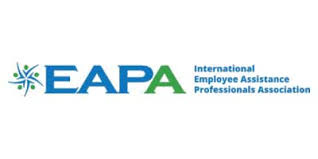Continuing Education Information
ICISF offers General Continuing Education Units (CEUs) for most presentations (see presentation descriptions for specifics).
All ICISF Certificates of Completion are distributed via World Congress 17 website and app after the completion of each presentation to all participants whose attendance has been verified. Individuals' certificates including CEUs will only be awarded for hours/days that attendance can be verified per ICISF policy.
Non-Profession Specific Continuing Education
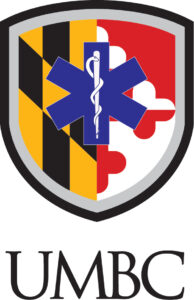 In cooperation with University of Maryland, Baltimore County (UMBC) Department of Emergency Health Services Professional and Continuing Education (PACE), ICISF participants with verified attendance will be awarded general Continuing Education Units (CEUs) on their Certificates of Completion.
In cooperation with University of Maryland, Baltimore County (UMBC) Department of Emergency Health Services Professional and Continuing Education (PACE), ICISF participants with verified attendance will be awarded general Continuing Education Units (CEUs) on their Certificates of Completion.
These CEUs are awarded based on a formula of 1 Continuing Education Unit for every 10 contact/classroom hours
ICISF certificates of completion are not proof of profession specific CE/Contact Hours. It is the responsibility of the participant to determine if their licensing board will accept these continuing education units (CEUs).
ICISF offers Profession Specific Continuing Education Units (CEUs) for some presentations. ICISF World Congress 17 website lists what, if any, profession-specific CEUs are available for each presentation. (see presentation descriptions for specifics).
Profession Specific Continuing Education
ICISF offers Profession Specific Continuing Education Units (CEUs) for some presentations. ICISF World Congress 17 website lists what, if any, profession-specific CEUs are available for each presentation. (see presentation descriptions for specifics).The ICISF is an approved provider for the following Profession-Specific Continuing Education:
The Anne Arundel County Mental Health Agency, Inc. (AACMHA) is a co-host of the ICISF World Congress 17
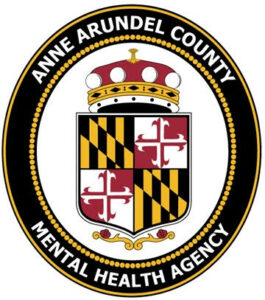
The Anne Arundel County Mental Health Agency, Inc. (AACMHA) is an approved sponsor of the Maryland Board of Social Work Examiners for continuing education credits for licensed social workers in Maryland. AACMHA maintains responsibility for this program.
Only those specific presentations indicated on the World Congress 17 website as approved by AACMHA will receive profession specific CEUs. If you would like Continuing Education Units (CEUS) for Social Workers Licensed in Maryland, you will need to select this on your registration. You will be required to sign in and out each day you participate as well as complete a brief evaluation from AACMHA at the conclusion of each course. In addition to your ICISF Certificate of Completion, AAMCMHA will email you a CEU certificate shortly after program completion.
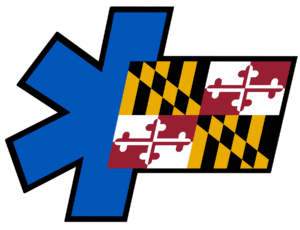 Maryland Institute For Emergency Medical Services Systems
Maryland Institute For Emergency Medical Services Systems
Employee Assistance Professionals Association (EAPA)
Employee Assistance Professionals Association (EAPA) has approved some World Congress 17 presentations for Professional Development Hours (PDHs). Only those specific presentations indicated on the World Congress 17 website as approved by EAPA are eligible to receive PDHs. If you are interested in PDHs for EAPA, a $20.00 registration fee is required. Those registering will receive additional details.
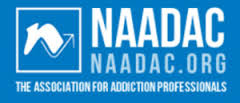
National Association for Alcoholism and Drug Abuse Counselors (NAADAC)
National Association for Alcoholism and Drug Abuse Counselors (NAADAC) has approved some presentations. Only those specific presentations indicated on the World Congress 17 website as approved by NAADAC will receive profession specific CEUs. If you are interested in NAADAC CEs, a $20.00 registration fee is required. Those registering will receive additional details.
Click here for the list of presentations approved by NAADAC.

